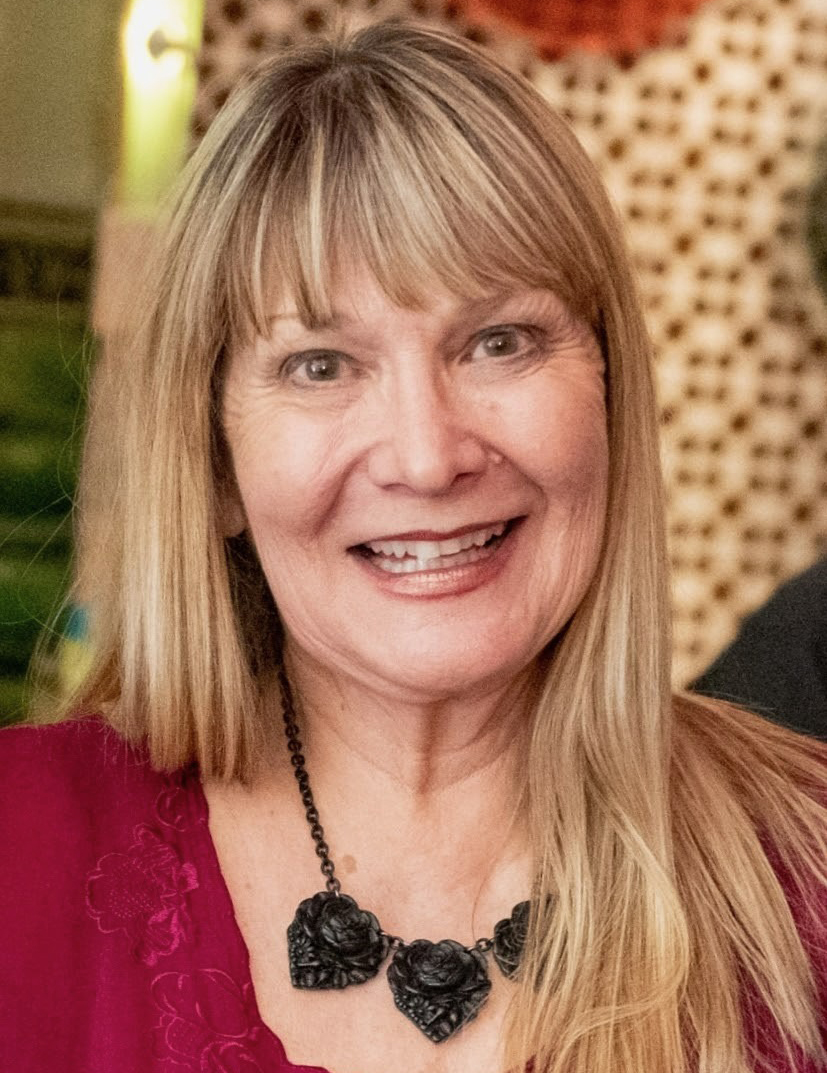
Executives from a trio of top shoe stores weigh in on the state of the business, current market challenges — including inventory management — and what keeps them up at night as they head into the second half of 2025.

Paul Weitzel
Director of Marketing & E-commerce Tradehome Shoes, St. Paul, MN
“Overall, our business remains strong. We’ve seen a significant increase in online sales, which continues to be a key driver of growth for us. Consumer confidence is holding steady, and while there’s some sensitivity to pricing, we haven’t seen a significant shift in buying behavior.
Price increases on certain products have not fully taken effect, so we’ll be keeping a close eye on how that evolves in the coming months. So far, customers are shopping at a consistent pace, and we’re encouraged by the momentum we’re seeing across both digital and in-store channels.”
Current Challenges
“One of the key challenges we’re monitoring closely is price uncertainty. With shifting trade policies, it’s difficult to forecast costs accurately, which can impact both our margins and customer pricing. We’re staying agile in our planning and working closely with vendors to anticipate changes and minimize disruption.”
What’s Happening on the Salesfloor
“Casual comfort is in high demand, and we’ve carved out a strong niche as our customers continue to prioritize comfort. Recovery footwear is also gaining momentum and has exceeded our expectations. Athletic remains our top-performing category, driven by demand for all-day comfort with style.
While our core brands continue to perform, innovation is stagnating, making it harder to keep assortments feeling fresh. We’re addressing this by introducing emerging brands—some are gaining traction quickly, while others are still in the process of building. Overall, we’re optimistic and see a clear need for more product innovation across the industry to keep footwear buyers engaged.”
What’s Keeping this Retailer Up at Night…
“What keeps me up at night is ensuring we remain connected to our customers. The customer has been at the heart of everything we’ve done for over 100 years, and as their needs, preferences, and expectations change, we need to evolve with them. We need to ensure that our product mix remains relevant, our messaging resonates, and that we continue to deliver an exceptional customer experience.”

Janice Abernethy
Founder and President Abbadabba’s, Atlanta, GA
“We are into our summer selling season. People are back to their pre-COVID travelling and purchasing shoes appropriate for everywhere they’re going. Regarding tariff price increases, our managers confirm what I have experienced in the stores: thus far there’s no hesitation to buy at the higher retail costs. Atlanta has experienced above-average rainfall this year, which affects our strip center business. Our door count is down about 5 percent over last year, but our average ticket total is up 5 percent. Thus far, July is looking sound, up 25 percent over last year. Overall, our customers are coming in to buy and are leaving happy with their experience.”
Current Challenges
“The shift in the ‘Available to Ship’ status with many vendors has been challenging. They are simply stocking less inventory. We have always done a large special-order business, relying less on our ability to program out futures accurately. Now we are prebooking far more. While that does help ensure delivery of the product, it can also result in bulging inventories and markdowns when our predictions are faulty. We are in constant contact with vendors, checking stock, and shifting our pre-season orders based on sales.”
What’s Happening on the Salesfloor
“Fortunately, most brands have performed as expected. We are positioned to be able to take advantage of opportunities when we see an unexpected spike in sales and react when there is a downturn.”
What’s Keeping this Retailer Up at Night…
“The issues that keep me and my senior managers up at night are primarily HR related. Maintaining our standards with the happiest staff that unfailingly provide the best customer service demands constant monitoring and accountability. Making sure that we have the right people in the right place can make all the difference in the world and can turn a store from good to great. We focus on our customer service because it’s a primary goal: that each customer feels better having experienced Abbadabba’s. You can’t get that online. We’re inviting people to adopt a lifestyle and feel better for doing it.”

Adam Beck
CEO Beck’s Shoes, San Jose, CA
“Right now, I’m seeing very flat revenue growth. We were up 3 percent last month, and then we were 7 percent up the month before. I kind of jokingly say that we’re working harder than we’ve ever worked for close to flat revenue.
I think you’ll see consumer confidence maybe lift a little bit in Q2 of next year, is what I’m suspecting.”
Current Challenges
“We’re not seeing as many ‘blue collar consumers’ as in years past — the mid-level consumer for us is bread and butter… The affluent customer base is still coming in, buying the socks, insoles, and footwear. But with the middle class, with just the cost of living, basic household items, groceries and utilities, and stuff like that, they’re not buying six socks at a time. Now they’re buying one, two, or three pairs of socks. So that’s, I would say, the reduction in sundries, right?”
What’s Happening on the Salesfloor
“Athletic trends continue to be strong. We’re doing well with the athletic market.
And health and wellness continues to be a huge trend. If you look at the supplement business right now, and you look at all the vitamins and all the supplements and all these things that are being preached on the social platforms... How can I leverage an average consumer that walks in — these vitamin supplement companies are injecting hundreds of millions of dollars of marketing into — and I’m saying, ‘Okay, well, how do I take advantage of that?’
We’re creating a department within the stores called ‘Recovery’ — it’s all about recovery… And that’s another way of selling an additional pair of shoes… Our blue-collar business is about 26 percent of our top line revenue. We’re telling this customer about recovery footwear. And recovery footwear is inexpensive compared to athletic and compared to work boots. You’re going to buy a pair of recovery shoes anywhere in the $59 to $89 range. And so that’s something where we’re picking up some additional top-line revenue. This is going to be a big push going forward. We’re launching it now, but 2026 will be huge. We’re going to invest hundreds of thousands of dollars in inventory, having it in our warehouse and be able to replenish it twice a week to all our stores. And we will never be out with the sizing. You never want to be out of any of the sizes with recovery footwear.”

Dealing with Economic Uncertainty
“With these unknown tariffs and these unknown supply chain issues... there’s obviously concern with what we’re going to do in terms of, how much [price increases] gets passed on to the consumer, how much gets passed on to the retailer ourselves, and then, of course, the wholesalers picking up a piece of it. There’s just a lot of uncertainty out there right now, and it creates this angst that everyone has.
We’re purchasing what we purchased last year. Strategically, depending on the SKU, and depending on the vendor partner. Some vendors are coming up with some good strategies to protect us. And so those are the vendors that we’re partnering with. We’re going to be increasing with those strategic partners, the ones that are explaining their strategies to us instead of just giving us a wholesale increase in price.”
Big Initiative: A New Beck’s Warehouse
“Our big initiative right now is a warehouse we opened about a year ago. It has about a 22,000 pair capacity, and we have it probably 60 percent full right now. But there are only about 65 SKUs represented. Certain strategic brands, we’re telling them, ‘Look, we’re going to give you a 30 percent increase in this SKU, and we’re going to warehouse it in our warehouse.’ It takes the monkey off their back so they can do their forecasting.
No matter how big or small you are as a retailer, even if you only have two or three or four doors, you can still do some forecasting and invest your dollars wisely into those core shoes that you can fulfill every week. All 25 Beck stores are being filled twice a week with those 65 SKUs. And those are the never out 80/20 shoes. Those shoes are also being displayed. They’re being merchandised in our stores in pairs.
Every week our executive buying team is looking at trends. Last week, we added three SKUs. The week before that, we added five SKUs. As we forecast every one of the 52 weeks, we’re either adding or subtracting SKUs based on sales.
…Typically, vendors become over SKU’d. They have too many shoes in their catalog. And too many of those shoes cannibalize one another. So, it’s really about the ‘less is more’ mentality you’re forecasting. If they have less SKUs, they’re going to have less distressed inventory, they’re going to have healthier inventories. And healthier inventories are better inventory turns, which equate to cash flow and profitability for wholesale and retail.
We might buy 300 pairs of a red shoe from three different vendors, but we know that we’re not going to fill into that. We’re going to sell it out, but we’re also buying less end sizes. We’re buying more of the women’s core sizes. So, less size six, lots less size six and a half. We’re going to go seven, seven and a half, eight, eight and a half, nine. We’re going to buy less nine and a half, less 10… We’re buying a lot less inventory, and we’re doubling down with the size seven, seven, half eight, eight, half of nine… In terms of overall inventory, we have the same amount of dollars, but we have fewer sizes available. I’m catering more to the core sizes. It’s so volatile out there that I can’t take that risk right now.”
What’s Keeping this Retailer Up at Night…
“What keeps me up at night is making sure we’re providing opportunities for the people that work at Beck’s Shoes... I have a mantra, and the mantra is simple: It’s control the controllables. I focus 80% of my effort on the things I have control over and only put 20% of my effort towards the things I don’t have control over, and that is what keeps me up and keeps me motivated every day.”



.svg)